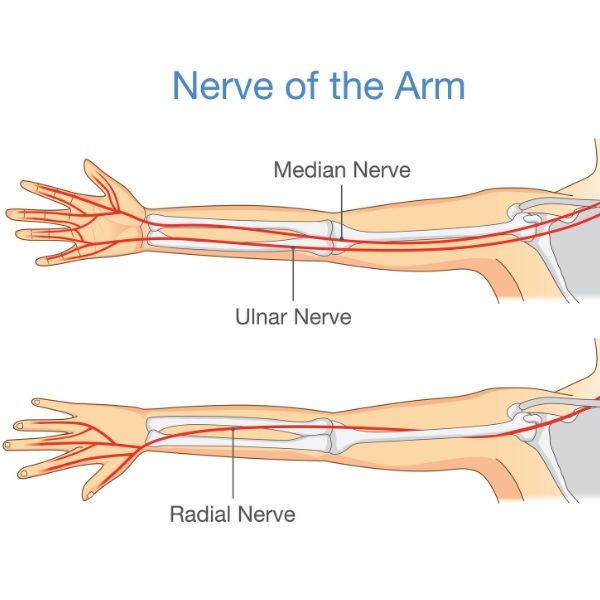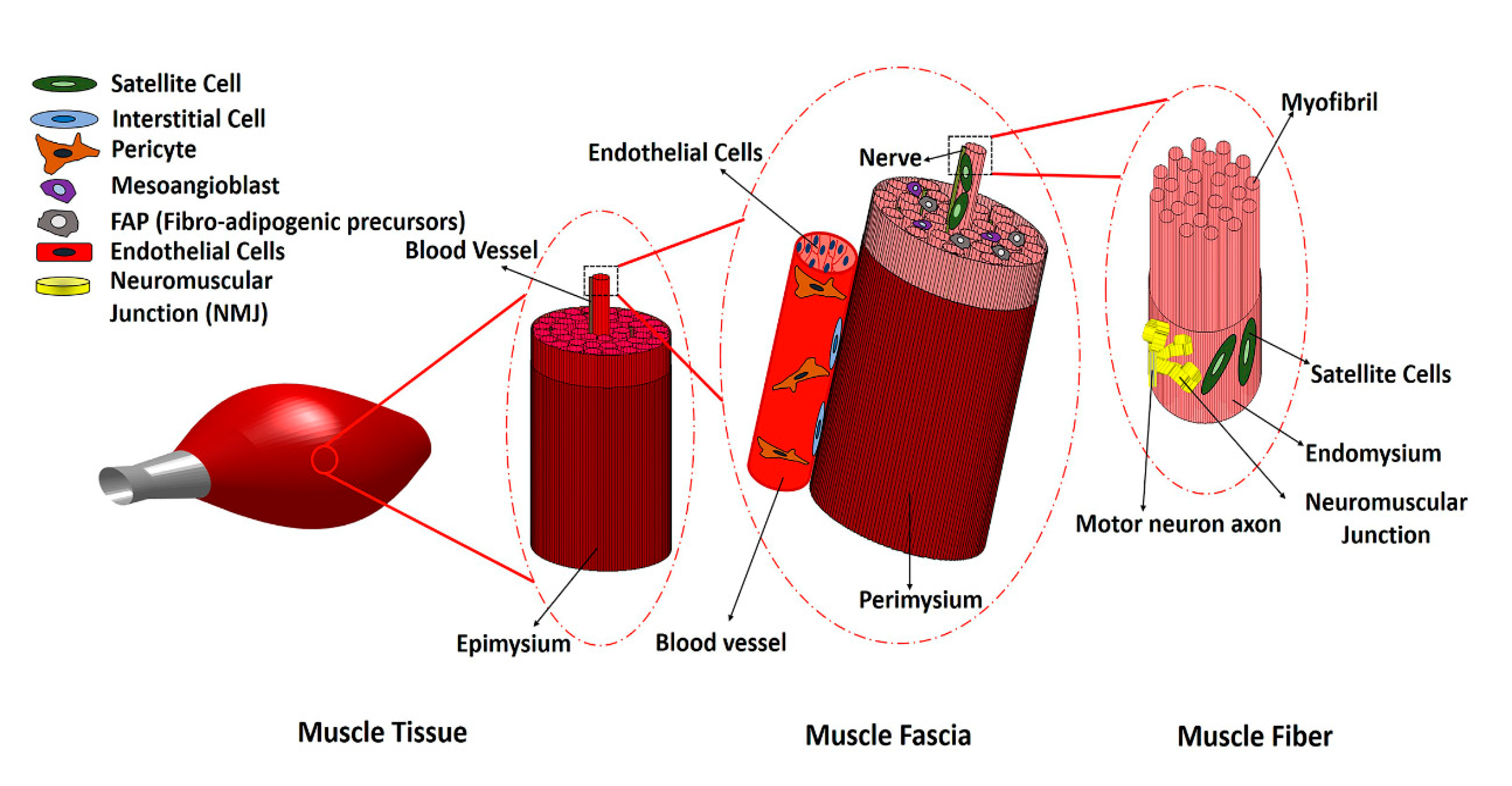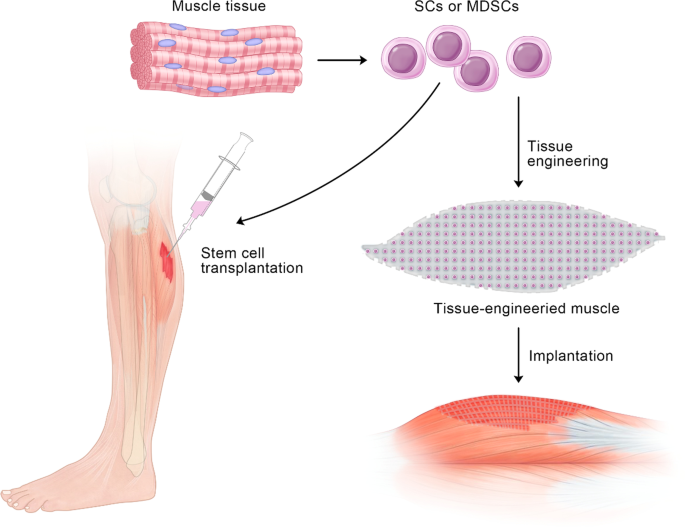The role and therapeutic potential of stem cells in skeletal
4.7 (351) · $ 11.50 · In stock
Sarcopenia is a common age-related skeletal muscle disorder featuring the loss of muscle mass and function. In regard to tissue repair in the human body, scientists always consider the use of stem cells. In skeletal muscle, satellite cells (SCs) are adult stem cells that maintain tissue homeostasis and repair damaged regions after injury to preserve skeletal muscle integrity. Muscle-derived stem cells (MDSCs) and SCs are the two most commonly studied stem cell populations from skeletal muscle. To date, considerable progress has been achieved in understanding the complex associations between stem cells in muscle and the occurrence and treatment of sarcopenia. In this review, we first give brief introductions to sarcopenia, SCs and MDSCs. Then, we attempt to untangle the differences and connections between these two types of stem cells and further elaborate on the interactions between sarcopenia and stem cells. Finally, our perspectives on the possible application of stem cells for the treatment of sarcopenia in future are presented. Several studies emerging in recent years have shown that changes in the number and function of stem cells can trigger sarcopenia, which in turn leads to adverse influences on stem cells because of the altered internal environment in muscle. A better understanding of the role of stem cells in muscle, especially SCs and MDSCs, in sarcopenia will facilitate the realization of novel therapy approaches based on stem cells to combat sarcopenia.

Advances in stem cell therapy for peritoneal fibrosis: from

Aging of Muscle Stem Cells

Activation of the Muscle Stem Cell. Adult, resident skeletal muscle

Cells, Free Full-Text
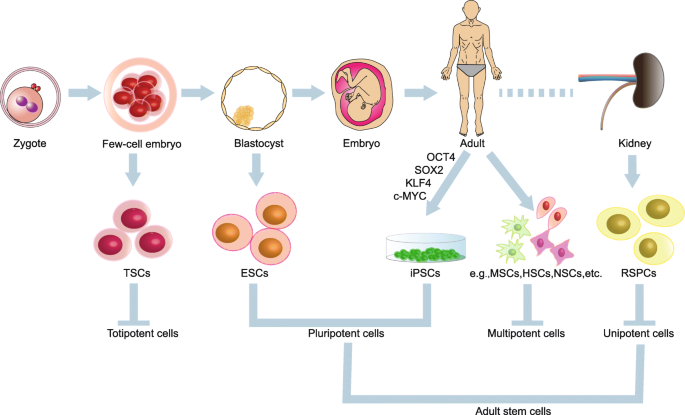
Stem cells: a potential treatment option for kidney diseases

Stem cell - Wikipedia
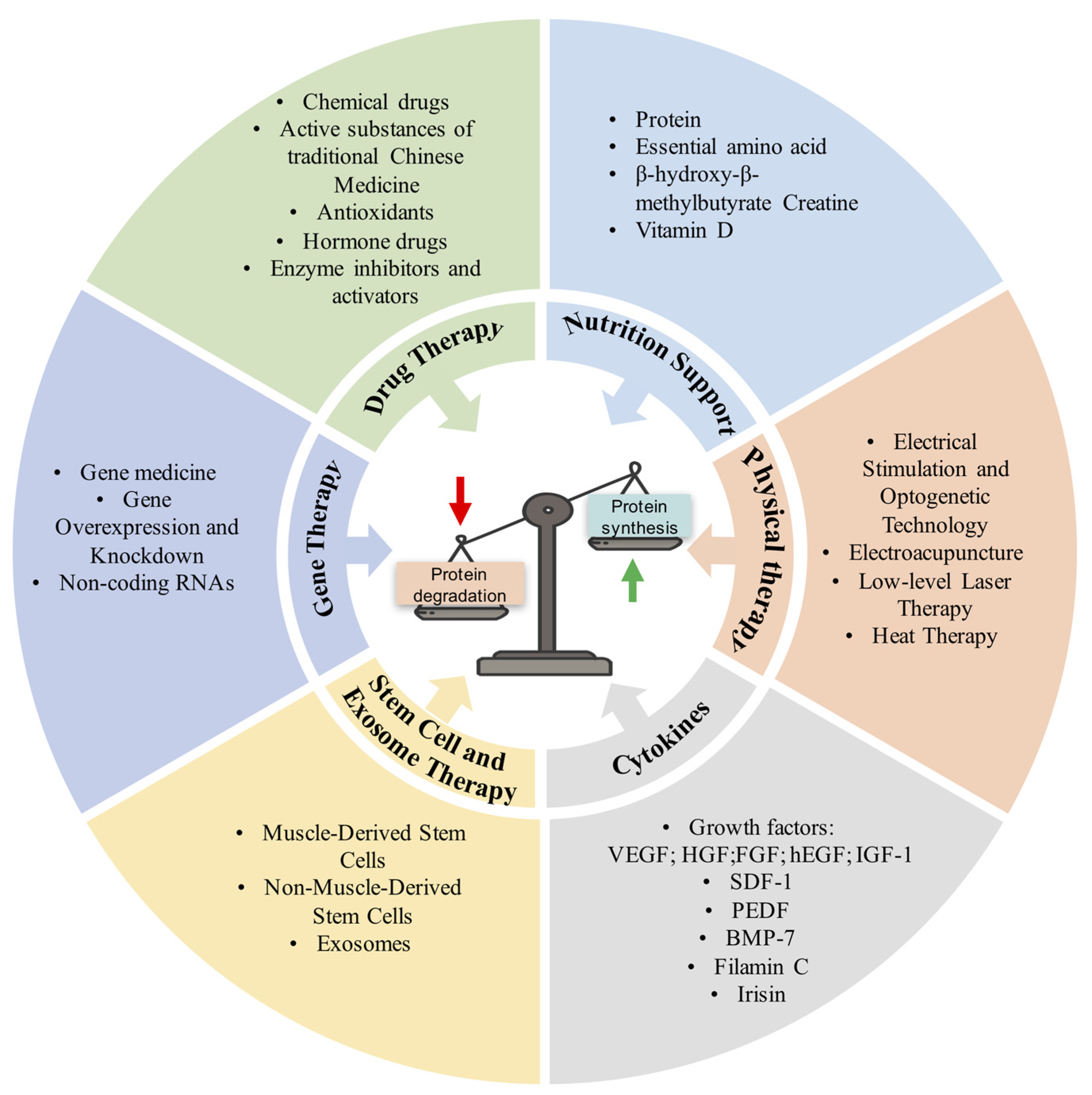
Antioxidants, Free Full-Text
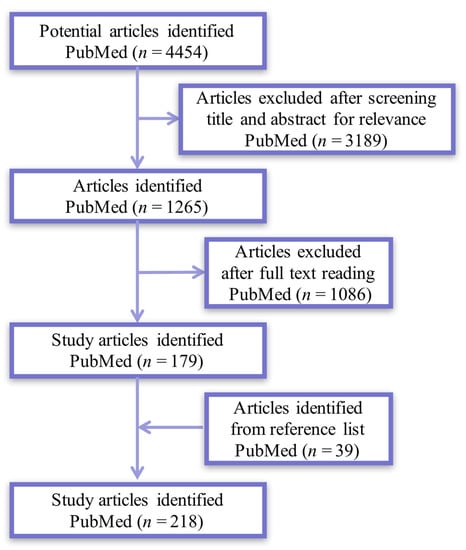
Antioxidants, Free Full-Text

Skeletal muscle mass and distribution in 468 men and women aged 18–88 yr
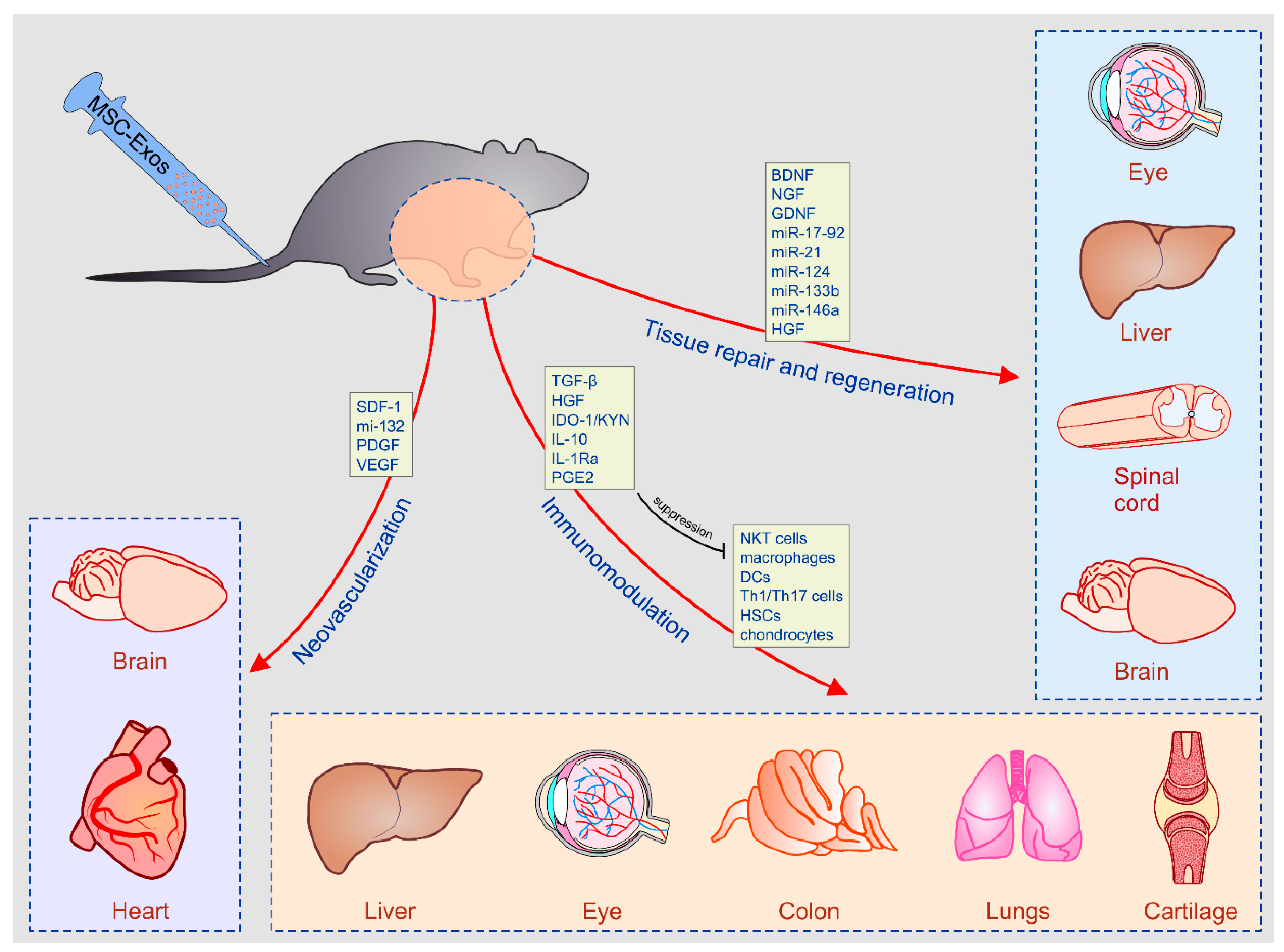
Cells, Free Full-Text

Representative flow cytometry analysis of equine and human cells: (A)
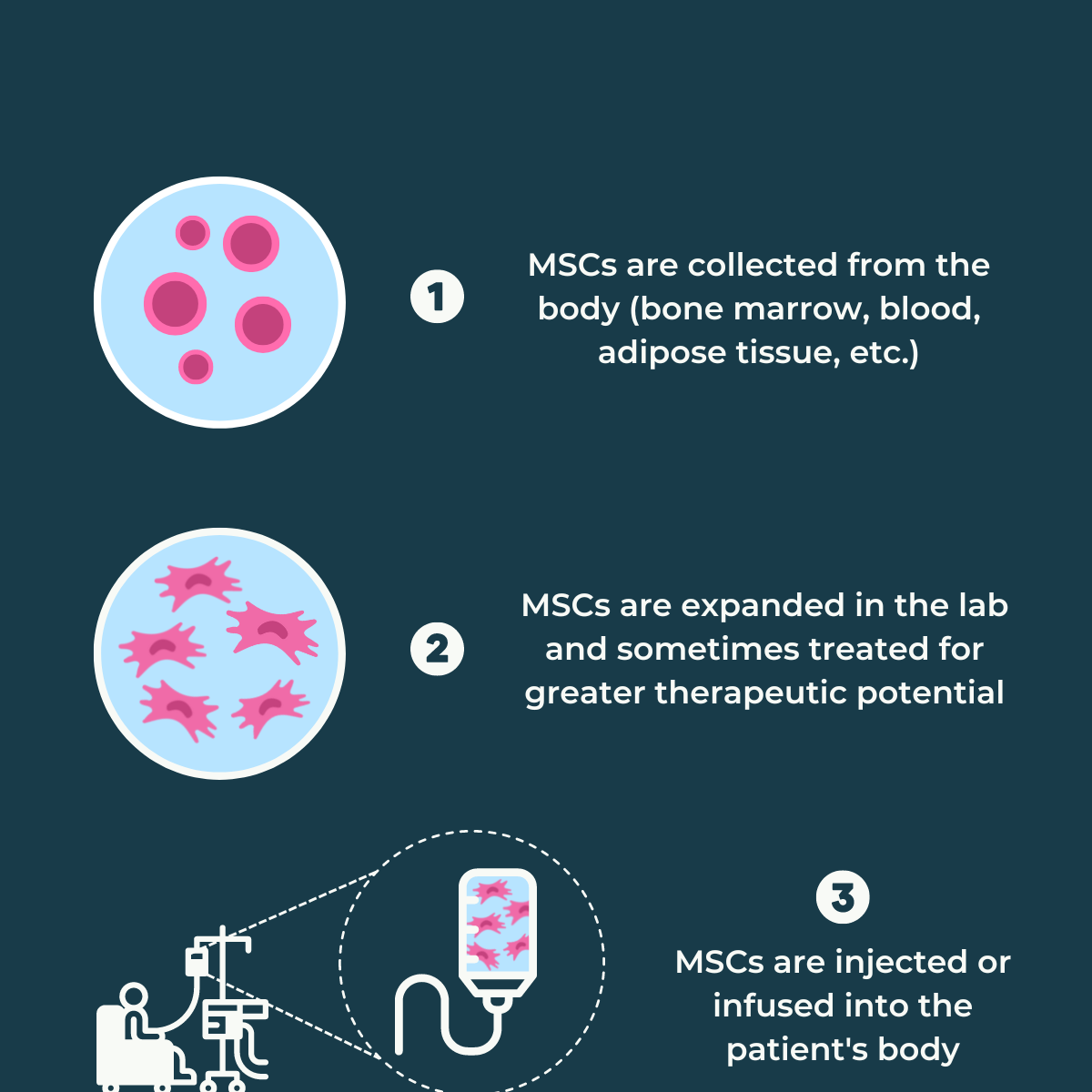
Stem cell therapy and MS Multiple Sclerosis News Today

Skeletal muscle nuclei in mice are not post-mitotic
